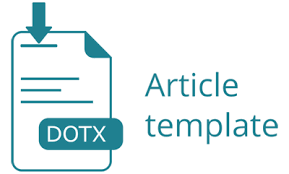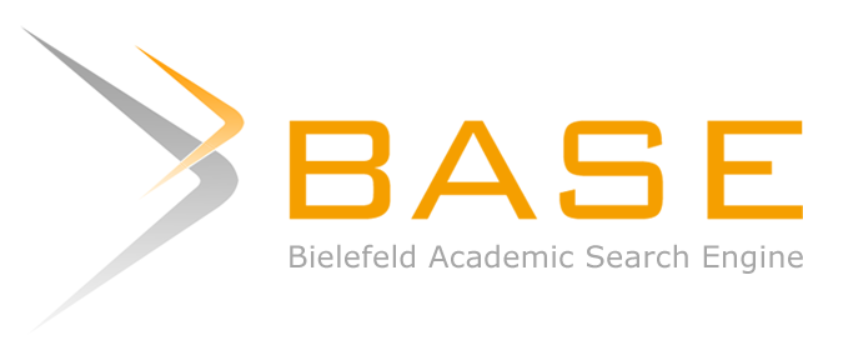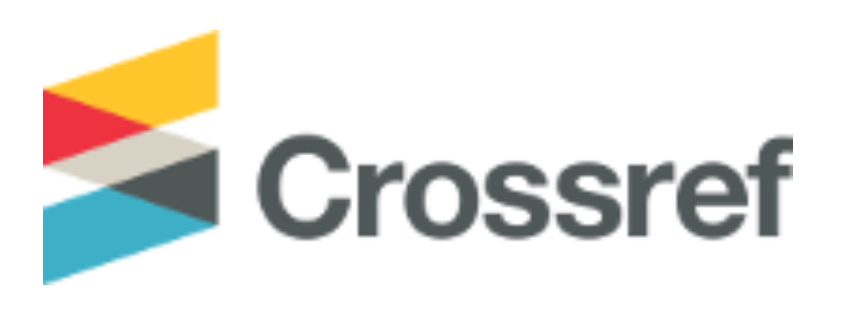Development of Instruments and Formulas for Data Processing for Vocational Education Alignment
DOI:
https://doi.org/10.12928/joves.v7i2.11947Keywords:
Instrument, Development, Education Alignment, VocationalAbstract
The very rapid development of DUDI demand quality unit education vocation. Especially on the relevance in accordance with DUDI needs. SMK as printer graduates who are ready Work need do effort alignment for increase absorption graduates. Research objectives This is explore alignment on units education vocational, developing instrument alignment education vocation, and make guidelines alignment education vocational. The method used in study This is a mixed method design with exploratory sequential design approach. The results of the study show that results research data analysis qualitative explore related to 12 categorizations and 40 coding. Development instrument alignment education vocation FGD results consist of of 7 components / dimensions and 23 items. Instrument has tested in a way reliable through proof validity and reliability. Results of the proof validity Contents the 7 (seven) experts were analyzed use index Aiken V average 0.89 > 0.8 which means own validity high. Proof second using EFA with KMO value 0.956 > 0.5 and CFA has good fit criteria X2, GFI, AGFI, CFI, TLI, CMIN/DF, and RMSEA values > cut of value. Measurement results alignment education vocation with use results development instrument the to 77 vocational schools and their DUDI partners that is show quadrant 2, meaning that SMK and DUDI have do alignment in accordance with indicator development instrument.
References
Billett, S. (2020). Learning in the Workplace: Strategies for Effective Practice. Routledge .
Budiastuti, P., Damarwan, ES, Triatmaja, AK, & Damarsuri, R. (2022). Development of Printed Circuit Board (PCB) Solder Trainer Kit as Learning Media in Electrical Circuit Practice Course. Journal of Electrical Education , 6 (2).
Buhalis, D., & O'Connor, P. (2005). Information Communication Technology Revolutionizing Tourism. Tourism Recreation Research , 30 (3), 7–16.
Dardiri, A. (2022). Diversification of Competencies of Vocational Education and Training Graduates to be More Competitive. Technology and Vocational Studies , 34 (1).
El Khuluqo, I., & Istaryatiningtias, I. (2022). The Relevance of the Vocational Education Curriculum to the Business World and Education in Vocational High Schools. In Proceedings of the 1st International Conference on Economics and Education .
Hossain, G. M., & Islam, M. S. (2014). Collaboration between TVET institutions and industries in Bangladesh to enhance employability skills. International Journal of Vocational and Technical Education, 6(1), 1-8.
Husein, MT (2019). Link and Match of Vocational School Education. Journal of Thought and Enlightenment , 15 (2).
Irawati, O., & Istiqomah, I. (2023). Digital Marketing Training in Improving Student Competence for Entrepreneurship at SMK Bintang Nusantara. AMMA: Journal of Community Service , 2 (6), 609–616.
Mahmudah, FN, Cahyono, SM, Susanto, A., Suhendar, S., & Channa, K. (2021). Up-Skilling and Re-Skilling Teachers on Vocational High Schools with Industry Needs. Journal of Vocational Education Studies , 4 (2), 249–262.
Maulina, M., & Yoenanto, NH (2022). Optimizing Link and Match as an Effort to Relevance Vocational High Schools to the Business World and Industrial World (DUDI). Journal of Accountability of Educational Management , 10 (1), 28–37.
Mulyadi, R., & Mulianti, M. (2018). Competence of Vocational Education Graduates: Analysis of Validity and Reliability of Indicators. INVOTEK: Journal of Vocational Innovation and Technology , 18 (1), 49–58.
Ramadhan, SW, Rusli, B., & Karlina, N. (2022). Implementation of Entrepreneurial Skills Education Program (PKW) at Non-Formal Educational Institutions in Bandung City (Case Study of LKP Karya Duta). Aksara: Journal of Non-Formal Education Science , 8 (1), 596–608.
Romanova, O. (2021). Embedding employability skills into vocational education and training. Education and Training, 63(1), 1-15.
Santosa, B., Budiastuti, P., Purnawan, P., & Sayuti, M. (2021). The Influence of Discipline, Responsibility, Cooperation, and Problem Awareness on Employability Skills. Journal of Technology and Vocational Education , 27 (1), 81–90.
Suarta, IM, Hardika, NS, Sanjaya, IGN, & Arjana, IWB (2015). Authentic Self-Assessment Model in Developing Employability Skills of Vocational Higher Education Students. Journal of Educational Research and Evaluation , 19 (1), 46–57.
Sudarma, RT, & Budiastuti, P. (2024). The Influence of Leadership Spirit and Creativity on Technopreneur-Based Entrepreneurial Interest in Vocational Education. Jurnal Edukasi Elektro , 8 (1), 94–102.
Supraptono, E., Samsudi, M., Sudana, IM, & RW, MB (2018). The Analysis of Collaboration Needs between Vocational Schools and Industry in Internship Based on the Alignment of Graduates' Competence. Atlantis Press , 110–114.
Susatya, E., Triatmaja, AK, Suratno, E., & Fachri, FF (2023). Impact of the Center of Excellence Vocational High School Program on the Interest of New Learners. Journal of Vocational Education Studies , 6 (1), 62–75.
Tobing, F., & Manurung, N. (2021). Improving the Competence of Vocational Education Graduates Through Partnership Cooperation with the Business World and the World of Work .
Wijayanto, A., & Mahmudah, FN (2022). Vocational Teacher Learning Strategies During the Covid-19 Pandemic in SMK Muhammadiyah 1 Temon. CIVED , 9 (3), 319–327.
Downloads
Published
Issue
Section
License
Copyright (c) 2024 Universitas Ahmad Dahlan

This work is licensed under a Creative Commons Attribution-ShareAlike 4.0 International License.
Authors who publish with Journal of Vocational Education Studies (JOVES) agree to the following terms: Authors retain the copyright and grant the Universitas Ahmad Dahlan right of first publication with the work simultaneously licensed under a Creative Commons Attribution License (CC BY-SA 4.0) that allows others to share (copy and redistribute the material in any medium or format) and adapt (remix, transform, and build upon the material) the work for any purpose, even commercially with an acknowledgement of the work's authorship and initial publication in Universitas Ahmad Dahlan. Authors are able to enter into separate, additional contractual arrangements for the non-exclusive distribution of the journal's published version of the work (e.g., post it to an institutional repository or publish it in a book), with an acknowledgement of its initial publication in Universitas Ahmad Dahlan. Authors are permitted and encouraged to post their work online (e.g., in institutional repositories or on their website) prior to and during the submission process, as it can lead to productive exchanges, as well as earlier and greater citation of published work (See The Effect of Open Access).









.png)



